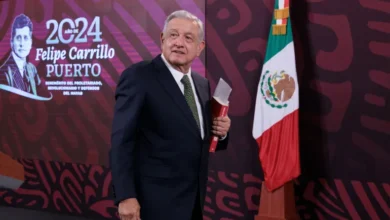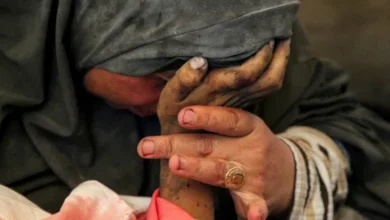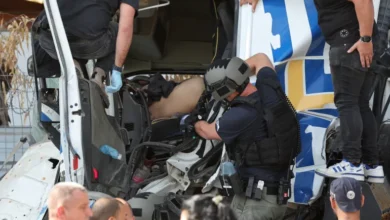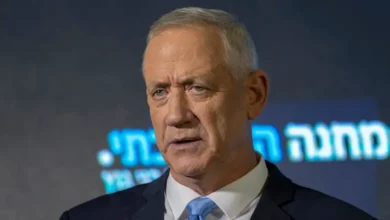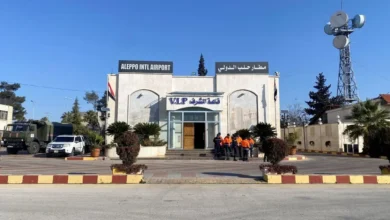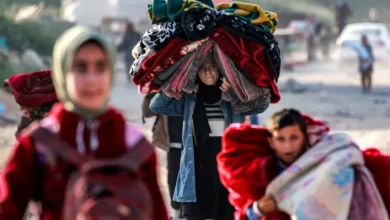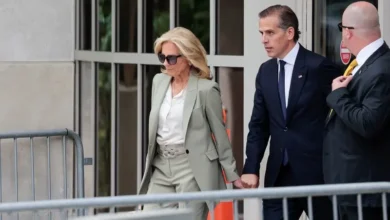Ukraine’s allies fall short of Russia’s on arms help, raising 2024 risks
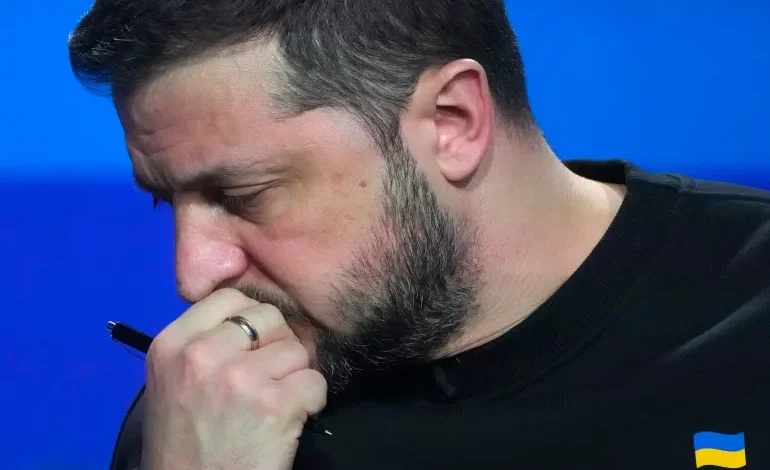
Astonishingly, after almost two years of war on European soil, the EU has not taken stock of continental production capacity. “We would like to know today where we are and what can be the rhythm of production for this second track,” said Borrell on November 14 at a gathering of EU defence ministers.
Russia, too, has been firing more shells than it can produce, and in September reached out for help to North Korea. Within a month, North Korea had delivered 1,000 containers worth of ammunition, said White House spokesperson John Kirby. Estonian military intelligence chief Col Ants Kiviselg said that translated into 300,000-350,000 shells — the same amount as that delivered by the EU to Ukraine, but in one month instead of eight.
A Washington Post analysis of satellite photography suggested the number was higher because ships had been plying the route between the North Korean free trade zone port of Rason to Russia’s port of Dunai since August.
Russia may have received additional North Korean shells via rail. The Center for Strategic and International Studies (CSIS) said satellite imagery showing that rail traffic between North Korea and Russia had “dramatically” increased since Russian President Vladimir Putin met North Korean leader Kim Jong Un in September.
According to a New York Times report, the US Army was buying 14,400 shells a month in September 2022, when it tripled that, and in January 2023 doubled it again, to 90,000. But it will still take US defence contractors until the end of next year to reach that production capacity.
What is the matter with Europe?
The EU says it will match the US’s orderbook of a roughly million rounds of artillery ammunition, including missiles, per year by spring.
“I am responsible for the production capacity of ammunition, so I can confirm that the goal of producing more than a million ammunition rounds annually … can be achieved,” EU internal market commissioner Thierry Breton was reported to have said at an EU defence ministers’ meeting on November 14.
For that to happen, governments must place orders, he said.
“It is the member states who must place the order for this ammunition, who must produce it, and who must ensure that it is produced primarily for Ukraine. All this is in the hands of the member countries,” said Breton.
Yet, by December 6, EU members had placed orders for only 60,000 of the one million shells they promised Ukraine, Reuters news agency reported. Orders take a long time to fulfil, making it doubtful that the EU will come through by March on even the limited ones that have been placed. For example, German steel and weapons manufacturer Rheinmetall said on December 3 it had received a 142-million-euro ($156mn) order for shells intended for Ukraine, but these would be delivered in 2025.
The EU’s lamentable state of coordination on defence has many reasons, say experts.
